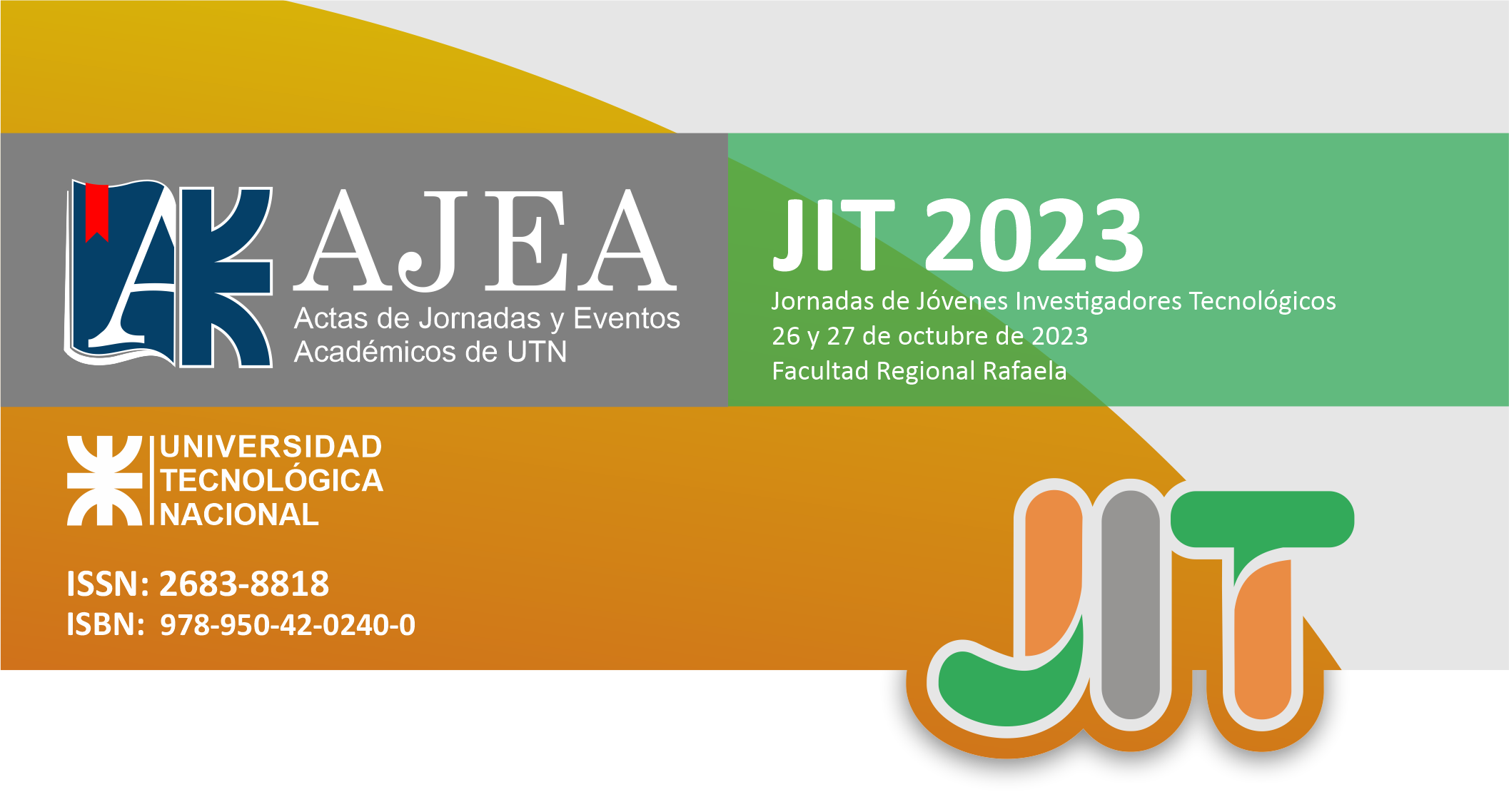Computational simulation of the energy performance of cementitious foams with microencapsulated PCM incorporated as insulating materials for building envelopes.
Keywords:
Computer simulation, Energy Plus, energy efficiency, PCMAbstract
This study addresses the importance of improving energy efficiency in buildings due to population growth and its impact on energy consumption and pollution. It focuses on the use of phase change materials (PCM) in building envelopes as a promising solution. PCMs can store and release energy, reducing power consumption and being environmentally friendly. The study analyzes the thermal behavior of cementitious foams with PCM in three Argentinean climates and compares its results with conventional insulators. The ANSI/ASHRAE BESTEST 900 model is used to measure energy consumption and the advantages and disadvantages of these compounds in each climatic zone are evaluated.
Downloads
Metrics
Downloads
Published
How to Cite
Conference Proceedings Volume
Section
License
Copyright (c) 2024 Ignacio Girard, Santiago Berardo, M. Cecilia Demarchi, Alejandro E. Albanesi

This work is licensed under a Creative Commons Attribution-NonCommercial 4.0 International License.










